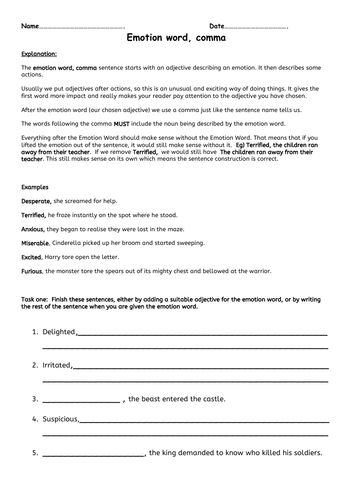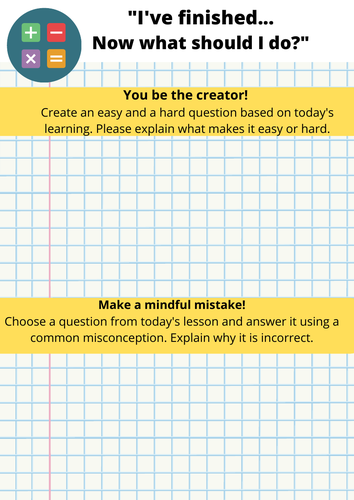Upton's Year 5 and 6 Survival
I'm an experienced teacher, leader, resource creator and tutor. My shop is full of the things I needed but didn't exist when I needed them. My resources support teachers in Year 5 and Year 6 when the stakes are raised and they are gearing up for SATs and moderation! I know how dreary it is to teach SPAG and meet all the standards for writing and aim for 40/40 in arithmetic. I specialise in motivating robust games, self-checking digital resources and moderation-standard modelled writing.





















